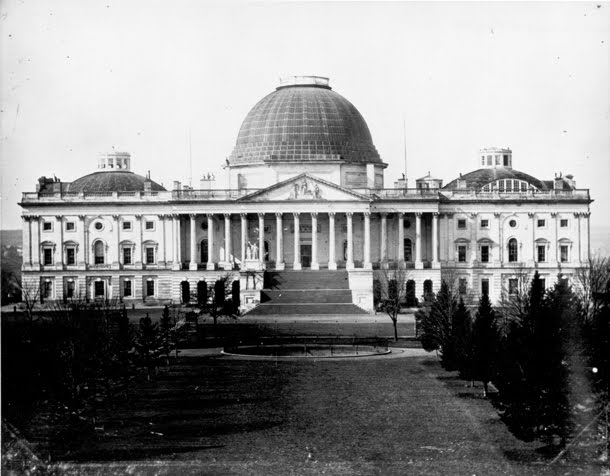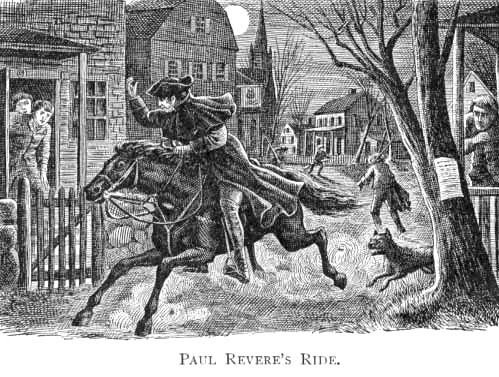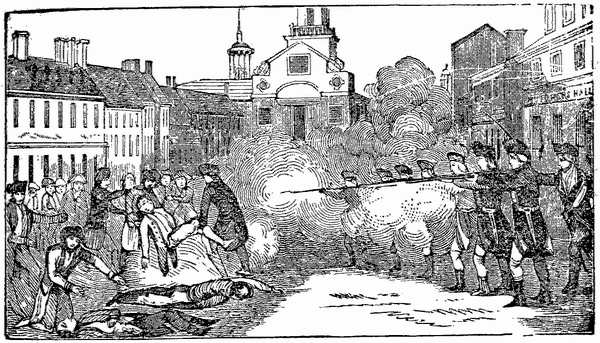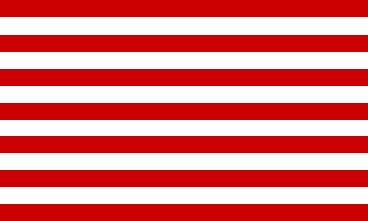From Liberty Pulse and Rasmussen Reports:
67% of Political Class Say U.S. Heading in Right Direction, 84% of Mainstream Disagrees
Tuesday, August 03, 2010 Email to a Friend ShareThis.Advertisement
Recent polling has shown huge gaps between the Political Class and Mainstream Americans on issues ranging from immigration to health care to the virtues of free markets.
The gap is just as big when it comes to the traditional right direction/wrong track polling question.
A Rasmussen Reports national telephone survey shows that 67% of Political Class voters believe the United States is generally heading in the right direction. However, things look a lot different to Mainstream Americans. Among these voters, 84% say the country has gotten off on the wrong track.
Twenty-four percent (24%) of Mainstream voters consider fiscal policy issues such as taxes and government spending to be the most important issue facing the nation today. Just two percent (2%) of Political Class voters agree.
With a gap that wide, it’s not surprising that 68% of voters believe the Political Class doesn’t care what most Americans think. Fifty-nine percent (59%) are embarrassed by the behavior of the Political Class.
Just 23% believe the federal government today has the consent of the governed.
Most voters believe that cutting government spending and reducing deficits is good for the economy. The only group that disagrees is America’s Political Class. In addition to the policy implications, this highlights an interesting dilemma when it comes to interpreting polling data based upon questions that make sense only to the Political Class. After all, if someone believes spending cuts are good for the economy, how can they answer a question giving them a choice between spending cuts and helping the economy?
Mainstream Americans tend to trust the wisdom of the crowd more than their political leaders and are skeptical of both big government and big business.
Fifty-eight percent (58%) of voters currently hold Mainstream views. In January, 65% of voters held Mainstream views. In March 2009, just 55% held such views.
Only six percent (6%) now support the Political Class. These voters tend to trust political leaders more than the public at large and are far less skeptical about government.
When leaners are included, 76% are in the Mainstream category, and 14% support the Political Class.
“The American people don’t want to be governed from the left, the right or the center. The American people want to govern themselves," says Scott Rasmussen, president of Rasmussen Reports. “The American attachment to self-governance runs deep. It is one of our nation’s cherished core values and an important part of our cultural DNA.”
In his new book, In Search of Self-Governance, Rasmussen explains, ““In the clique that revolves around Washington, DC, and Wall Street, our treasured heritage has been diminished almost beyond recognition. In that world, some see self-governance as little more than allowing voters to choose which of two politicians will rule over them. Others in that elite environment are even more brazen and see self-governance as a problem to be overcome.”
The book can be ordered on the Rasmussen Reports site or at Amazon.com.
The Political Class Index is based on three questions. All three clearly address populist tendencies and perspectives, all three have strong public support, and, for all three questions, the populist perspective is shared by a majority of Democrats, Republicans and those not affiliated with either of the major parties. We have asked the questions before, and the results change little whether Republicans or Democrats are in charge of the government.
In many cases, the gap between the Mainstream view and the Political Class is larger than the gap between Mainstream Republicans and Mainstream Democrats.
The questions used to calculate the Index are:
-- Generally speaking, when it comes to important national issues, whose judgment do you trust more - the American people or America’s political leaders?
-- Some people believe that the federal government has become a special interest group that looks out primarily for its own interests. Has the federal government become a special interest group?
-- Do government and big business often work together in ways that hurt consumers and investors?
To create a scale, each response earns a plus 1 for the populist answer, a minus 1 for the political class answer, and a 0 for not sure.
Those who score 2 or higher are considered a populist or part of the Mainstream. Those who score -2 or lower are considered to be aligned with the Political Class. Those who score +1 or -1 are considered leaners in one direction or the other.
In practical terms, if someone is classified with the Mainstream, they agree with the Mainstream view on at least two of the three questions and don’t agree with the Political Class on any.
Initially, Rasmussen Reports labeled the groups Populist and Political Class. However, despite the many news stories referring to populist anger over bailouts and other government actions, the labels created confusion for some. In particular, some equated populist attitudes with the views of the late-19th century Populist Party. To avoid that confusion and since a majority clearly hold skeptical views about the ruling elites, we now label the groups Mainstream and Political Class.
Subscribe to:
Post Comments (Atom)
.gif)






























No comments:
Post a Comment